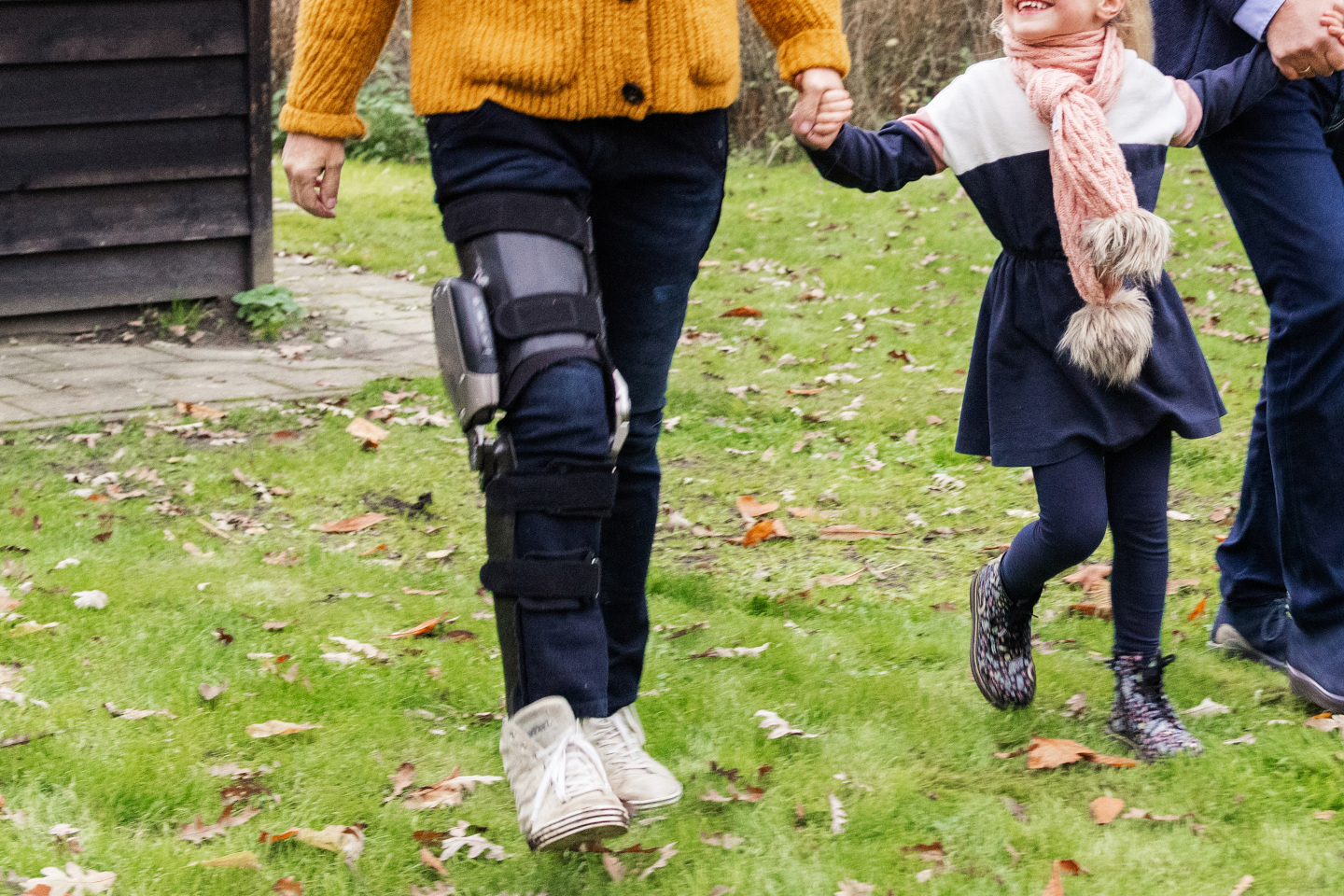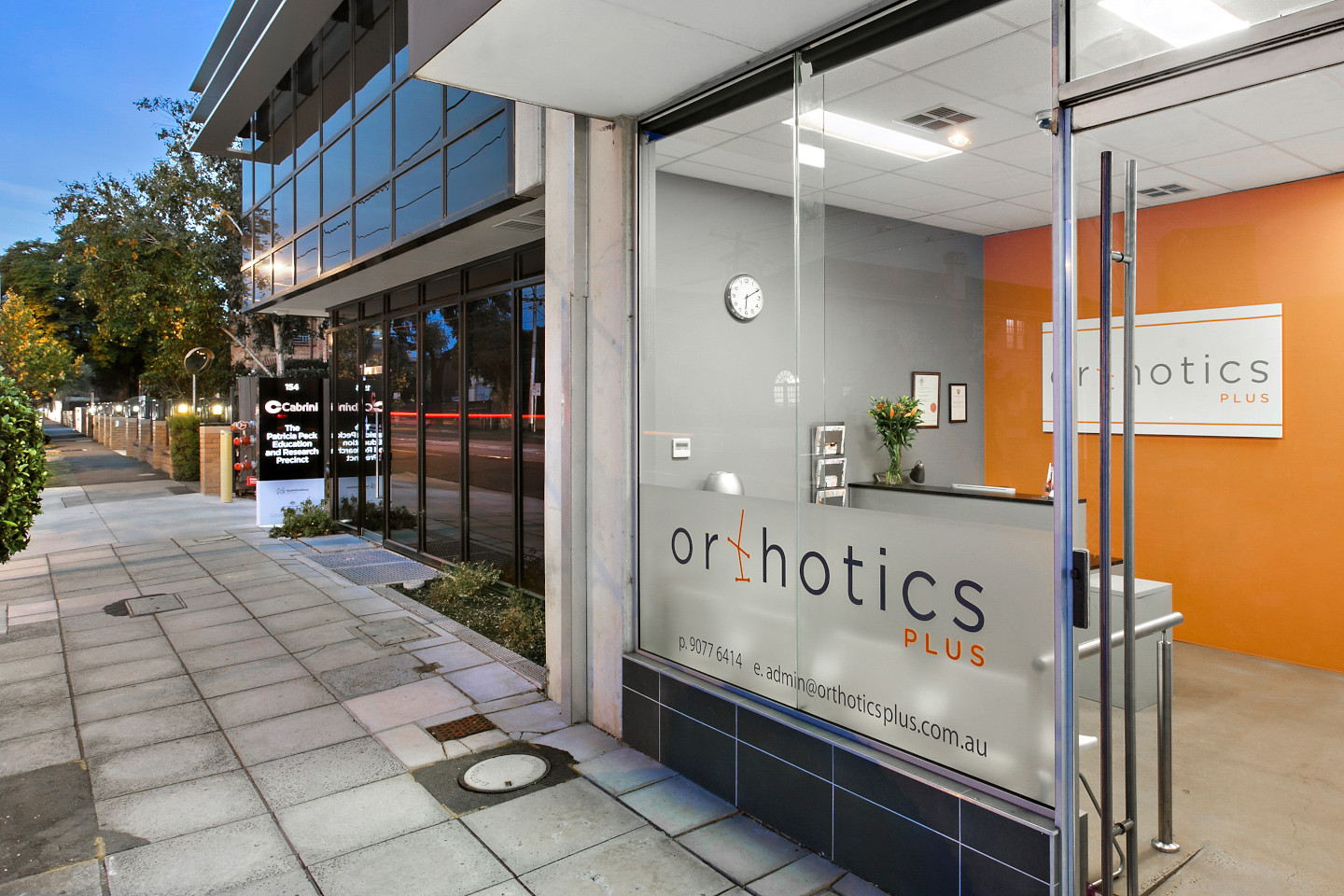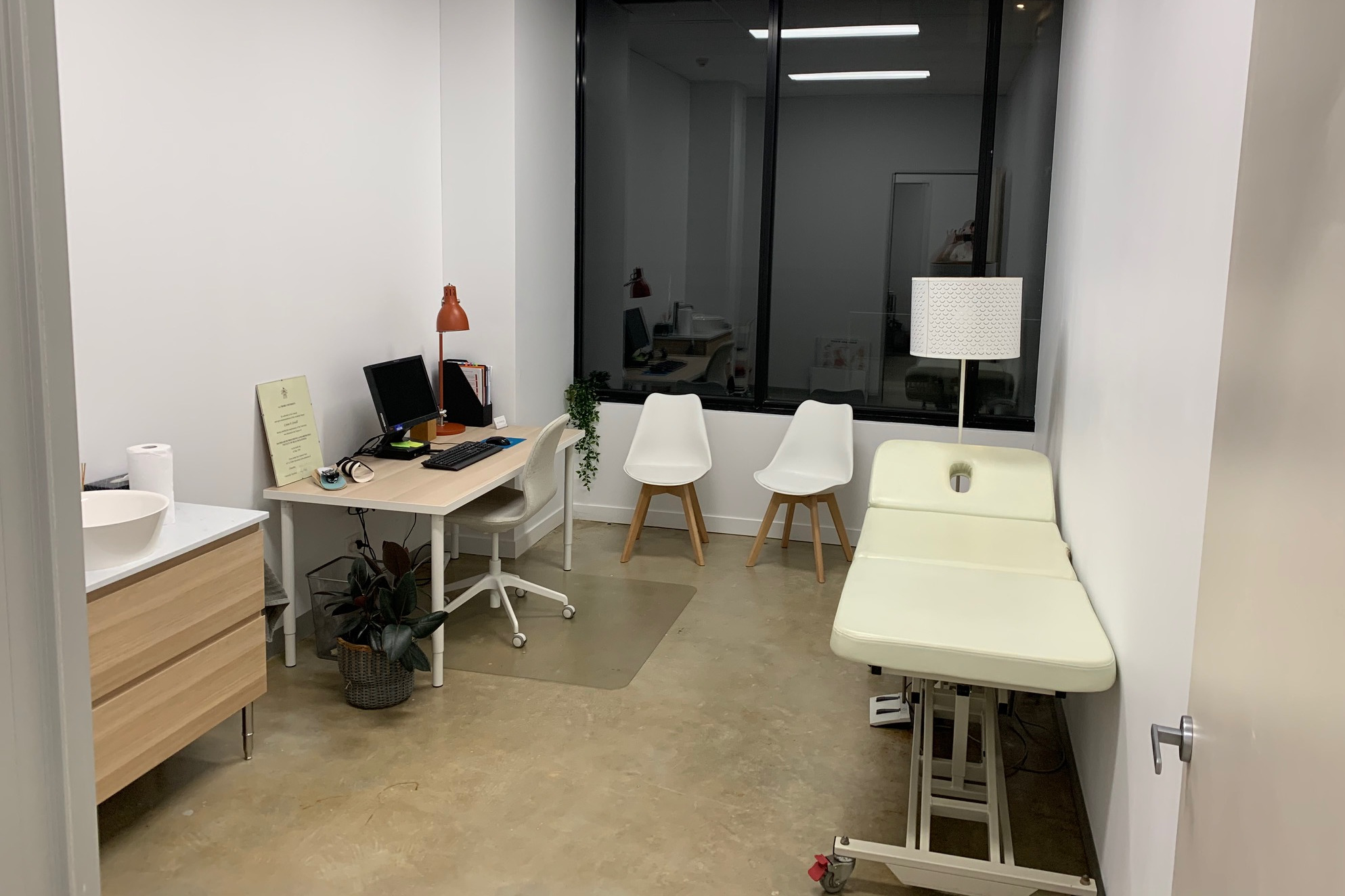C Brace Orthoses Introduction
The C-Brace is a computer-controlled lower limb KAFO (Knee Ankle Foot Orthosis) that adapts its function to provide variable resistance to simulate the function of muscles in the leg, namely the quadriceps.
The brace is classed as a ‘swing and stance controlled KAFO’.
The C-brace may benefit those with weakness or paralysis of the lower limb to walk and mobilise.
Orthotics Plus provides equipment prescription services. We provide full assessments to advise if a C-Brace is appropriate for a patient.
If our assessments indicate it is suitable, we can provide a two-month equipment trial. From there we can manufacture, fit and maintain a definitive C-Brace unit. We would also need to advise on relevant funding prior to the 2 month trial.
Our services are available through our clinic locations in Melbourne.


Who is Appropriate for a C-Brace?
The C-Brace is typically appropriate to consider for patients with lower limb weakness or paralysis below the hip.
An ideal candidate for a C-brace would be a patient with intact gluteal function, intact hip flexor function but paralysis below this level.
There are many physical and neurological disabilities that can create weakness in the lower limb, examples include:
- Physical injury
- Paralysis
- Bilateral instability
- Stroke
- Spinal cord injuries
- Multiple Sclerosis
- Guillain-Barré
We can work with patients without gluteal and hip function as long as adequate trunk control is possible.

Contraindications
The primary contraindications for a C-Brace are:
- People experiencing hip contractures
- People experiencing moderate to severe knee contractures
- People with lower limb weakness that is mainly related to the ankle, as the C Brace is more supportive of the knee joint/midsection
There are exclusion criteria for the C Brace that we would discuss with the patient either prior to or during the time of the assessment.
We welcome reports/videos from a patient’s other healthcare professionals prior to assessment. In some cases, a trial may be considered.

How Does the C-Brace work?
Introduction
The C Brace is a computer-controlled lower limb Orthoses, the device uses sensors to detect the position of the limb to deliver variable resistance that typically improves joint control for the wearer.
The aim is for the C-Brace to allow the user’s lower limb to function like a normal lower limb during walking.
The device consists of a computerised knee joint, carbon fibre shells, hydraulics, strut braces, internal padding and velcro straps.
Technology
The sensors detect where the limb is in space and the computer will stiffen or free up the joint as needed.
For example, as the leg swings through during normal walking, the brace will allow the hinge to swing freely. As the user’s heel then contacts the ground on heel strike, the brace will yield slightly to dampen the impact, then rapidly stiffen to allow a supportive structure underneath the user.
The device will unlock to allow the wearer to swing their trailing leg through to complete their step.
The stiffness of the carbon-fibre shells and struts is the primary factor that delivers mechanical support to assist the wearer to support their weight through their joints.
The C-Brace can adjust to walking up and down inclines and can allow some users to descend stairs step over step.
Sensors
There are a number of different sensors that feed into the computer to:
- Detect where the limb is in space
- Detect the position of the brace
The software uses a constant algorithm to determine the appropriate action on how the knee joint should act in all situations (i.e. walking, crouching, cycling, falling, standing, etc).
This is largely determined by the flexion/extension angle of the knee.
Patient Experience
The user experience depends on the patient.
Orthotics Plus has witnessed people with gait deviations / ataxia / disability benefit greatly from the C-Brace.
In some cases, the patient is changing from a standard KAFO into a C-Brace and achieves improved mobility and functional outcomes.
The ideal outcomes are that the patient can walk better with greater safety. The device is a long-term Orthoses that is used regularly by the patient.
The device is powered by a rechargeable battery. The C-Brace can be worn under or over clothing.

Benefits of the C Brace
- Symmetrical walking
- Faster walking
- Protecting the joints of the affected and unaffected limbs
- Improved load distribution
- Safety considerations
- Possibly lowering referred pain
- Possibly increase in confidence
- Walk with greater efficiency
- Possibly preferred over other equipment such as wheelchairs
- Sense of independence

Funding the C-Brace at Orthotics Plus
Please contact Orthotics Plus and we can provide funding information at any stage and organise an assessment.
If the C-Brace is deemed reasonable and necessary, it may be compatible with NDIS, TAC and WorkCover funding, to which we can submit appropriate reports.
We will safeguard our patients’ financial interests. There may be cheaper options to consider prior. The patient can trial the C-Brace during assessment or and pricing can be confirmed. Several consultations and a take-home trial may be required.
The patient is always provided choice and control.

Contact Orthotics Plus Today
Orthotics Plus’s services are available in several clinic locations across Melbourne, Victoria.
- Our Orthotists are fully-qualified
- We believe in patient-directed care
- We have a wealth of experience with foot, ankle, knee and hip related conditions
- We welcome all enquiries
We would love to hear from you, please feel free to contact us with any questions, or place a referral directly.

C Brace FAQ
We consider the device very user friendly, the education is largely how to fit it correctly and manage lifestyle considerations.
Its adjustable settings can be controlled using a smartphone.
Prehabilitation/rehabilitation is typically performed in conjunction with the patient’s Physiotherapists.
Orthotics Plus will support our patients with all warranty matters.